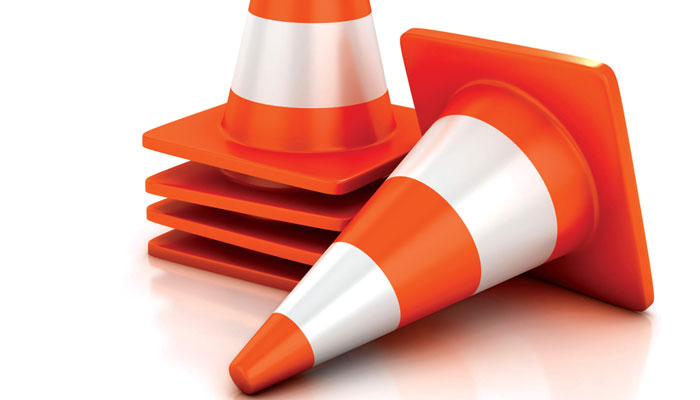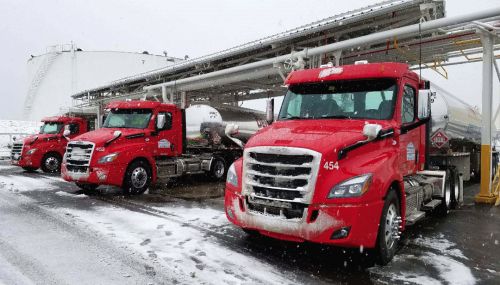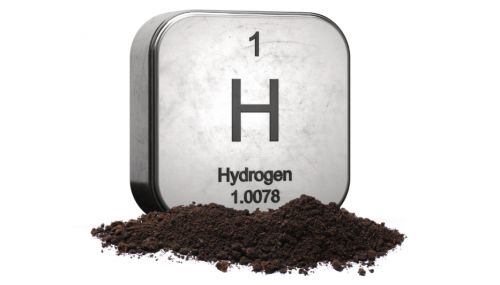All
The Essentials of a Company Safety Program
by Ed Burke, Dennis K. Burke Inc.

If someone asked your advice about what the “essentials” are in the fuel business, you might recommend investing in some of the latest innovations available on new delivery trucks that help improve your company’s productivity.
You might also suggest looking at some of the newest technology and gadgets that help you better manage your company. Remote tank monitoring really helps in managing deliveries. There’s truck-to-back-office technology that can automate the entire process. You have better communications with tablets, GPS tracking, and the list goes on. In today’s fuel market, the “essentials” have to help us reduce costs and be more productive to stay competitive.
So, it’s not surprising if a good safety program didn’t make your short list of essentials. But it’s important to recognize the value that a good safety program offers. It helps improve productivity, it reduces liability, and it provides better service to our customers.
With that said, here are a few pages from our own safety program that I think are essential. Many of these points I’ve made in earlier articles, but they are worth repeating.
When you think about end-to-end safety procedures, it really begins with hiring practices, and how safety history plays a major role in the prescreening process. It’s also a good idea to start the process with documented qualifications and hiring policies.
Hiring the Right Drivers
We want to do whatever we can to hire the right person for the job. As an example, applicants for driving positions would go through a rigorous pre-screening process before they started with interviews.
You would run background checks, review their driving records, along with pre-employment drug and alcohol testing. You can also check on a driver’s accident history and roadside inspection history through the DOT’s Pre Employment Screening Program website. Then come the interviews, and once everything checks out okay, the applicant would then be required to pass a road test.
So how do you find the best drivers? Of course, we prefer drivers with fuel experience. Sometimes your best source for good candidates may come from a driver’s referral bonus program. Your staff recognizes the caliber of drivers you’re looking for. They understand the policies and safety culture, and whether a person might be a good fit for your company.
Ongoing Training
How much time can you dedicate to ensure that the new driver understands the job and procedures? Assigning a senior driver or trainer with new drivers during a 15-day documented program is an effective way to evaluate the driver. They go through the entire process, getting familiar with the vehicle, learning about the different products, and loading procedures. They also get familiar with customer sites, and working with the dispatchers. Every six months, drivers and staff also participate in our hazmat training course to stay up-to-date.
Safety Meetings
In a good safety program, it’s about what the staff brings to the table. It’s about listening to newer drivers speaking up at safety meetings with questions, then hearing senior drivers draw on their experiences with advice.
Social media is taking a growing role in our safety program. Over the past few months, we’ve been sending out alerts and blogging safety issues. We’re getting great feedback and suggestions from our drivers and staff.
Establish and Revisit Policies
Written policies should provide clear guidance with issues and procedures that staff should be familiar with, for example:
- Distracted driving policy
- Drug and alcohol testing policy
- Emergency breakdown and road call procedures
- Vehicle safety and compliance policy
- 90 percent capacity fill policy
- Pre-trip and post-trip inspections policy
- Hours of service and logs policy.
Staff Recognition
Whether your company offers cash bonuses, extra vacation time, or a pair of movie tickets, it’s important to recognize individuals who do their job safely and keep the company in compliance. Barbecues and pizza parties are a great way to recognize the group for reaching company safety goals.
Corrective Actions
Set the ground rules. Establish a list of safety violations that require corrective or disciplinary actions. For example, serious offenses that a driver could be terminated for might include: leaving the valve unattended while transferring product; failure to use vapor recovery when required; or failing a drug test. Time-off violations might include: small product releases, contamination of product, etc.
Managing Compliance
From local ordinances to federal mandates, we certainly have a lot of compliance to manage. With that said, keeping your business in compliance helps you avoid fines, lower insurance premiums, and maintain better community relations.
Performance Indicators
To gauge how well your safety program is doing, you can look for lower insurance-loss ratios, fewer workers comp claims, better DOT CSA and OSHA MOD scores, etc.
Hopefully, you can see why I include a great safety program on my list of “essentials” for a growing fuel company.
Related Posts
 Optimizing Operations
Optimizing Operations
Posted on February 12, 2024
 National Weather Forecasting Takes NEFI by Storm
National Weather Forecasting Takes NEFI by Storm
Posted on December 8, 2023
 A Chance Hydrogen Discovery
A Chance Hydrogen Discovery
Posted on December 7, 2023
 Winter 2023-2024 First Impressions
Winter 2023-2024 First Impressions
Posted on October 11, 2023
Enter your email to receive important news and article updates.
